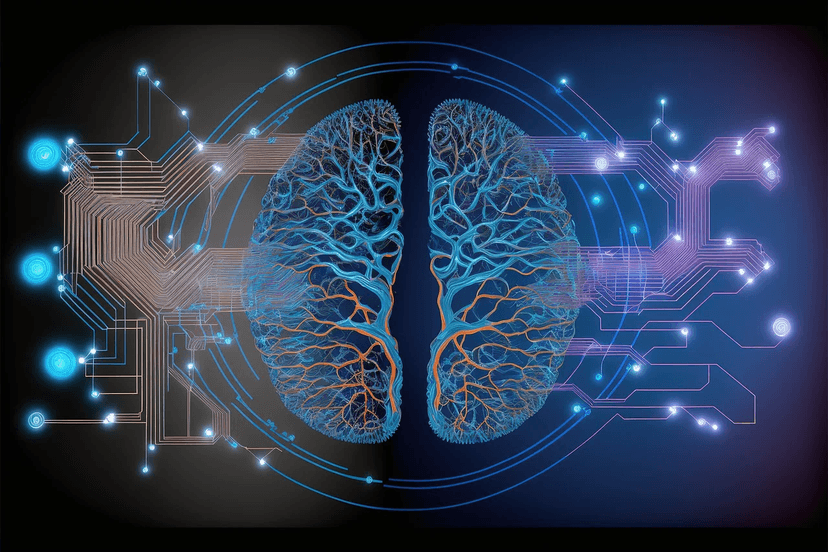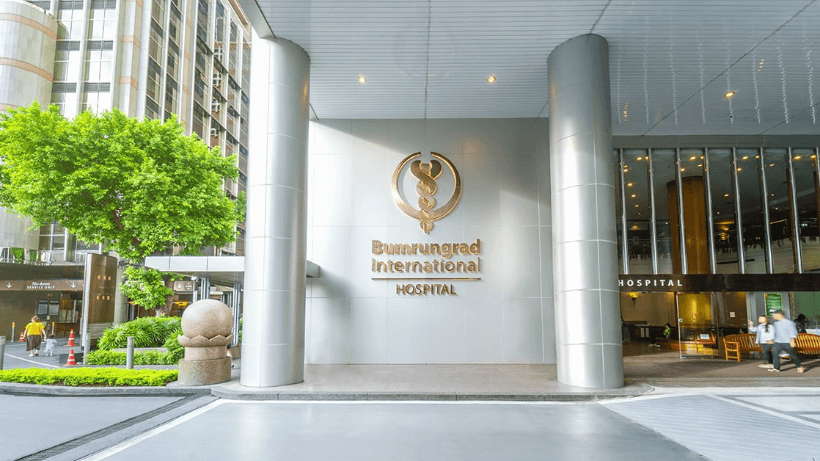
Hodgkin's Lymphoma Treatment in the UK: Advanced Options for Patients from Russia
01 Aug, 2024
 Healthtrip Team
Healthtrip TeamHodgkin's Lymphoma (HL) is a serious condition that affects the lymphatic system, an integral part of our immune system. For Russian patients seeking world-class treatment options, the UK offers some of the most advanced and effective therapies. This detailed blog aims to provide a comprehensive guide to these options and the steps involved in accessing treatment in the UK.
Most popular procedures in India
Hodgkin's Lymphoma
Hodgkin's Lymphoma is characterized by the presence of Reed-Sternberg cells in the lymph nodes. Early diagnosis and accurate staging are critical for effective treatment. The following sections outline the advanced treatment options available in the UK.
Wellness Treatments
Give yourself the time to relax
Lowest Prices Guaranteed!

Lowest Prices Guaranteed!
Advanced Treatment Options in the UK for Hodgkin's Lymphoma
A. Initial Diagnosis and Staging
1. Biopsy: The first crucial step in diagnosing Hodgkin's Lymphoma is performing a biopsy. This involves taking a sample of lymph node tissue to look for Reed-Sternberg cells, which are characteristic of Hodgkin's Lymphoma. Accurate diagnosis is essential for planning the right treatment. The biopsy is typically done using a fine needle aspiration or a core needle biopsy under local anesthesia. In some cases, a surgical biopsy may be needed to obtain a larger tissue sample. The extracted tissue is then examined under a microscope by a pathologist to confirm the presence of Reed-Sternberg cells.
2. Imaging: Advanced imaging techniques such as PET-CT scans, MRI, and sometimes CT scans are used to determine the stage of the disease. Staging is critical as it guides the treatment plan, ensuring that patients receive the most appropriate therapy for their specific condition.
- PET-CT Scan: This combines a positron emission tomography (PET) scan with a computed tomography (CT) scan to provide detailed images of the body's internal structures and highlight areas of cancer activity.
- MRI: Magnetic Resonance Imaging (MRI) is used in specific situations, such as evaluating the central nervous system or soft tissues, to provide detailed images without radiation exposure.
- CT Scan: Computed Tomography (CT) scans may be used to provide cross-sectional images of the body, helping to identify the size and location of tumors.
B. Chemotherapy
1. ABVD Regimen: In the UK, the ABVD regimen, which includes Adriamycin, Bleomycin, Vinblastine, and Dacarbazine, is the most common first-line treatment for Hodgkin's Lymphoma. This combination of drugs is highly effective in treating the majority of cases. The regimen is typically administered in cycles, with each cycle lasting about 28 days. Patients usually receive the drugs intravenously on days 1 and 15 of each cycle. The total number of cycles varies based on the stage of the disease and the patient's response to treatment.
2. BEACOPP Regimen: For patients with advanced stages or those at higher risk, the BEACOPP regimen (Bleomycin, Etoposide, Adriamycin, Cyclophosphamide, Vincristine, Procarbazine, and Prednisone) may be used. This regimen is more intensive and can be more effective in certain cases. BEACOPP is administered in a more complex schedule over a 21-day cycle, often requiring hospitalization or close monitoring due to its increased toxicity and side effects.
C. Radiotherapy
An involved-site radiotherapy is a precise form of radiotherapy that targets only the affected lymph node regions. This approach minimizes exposure to healthy tissues, reducing side effects while effectively treating the cancerous areas. ISRT is typically delivered using advanced technologies such as intensity-modulated radiotherapy (IMRT) or image-guided radiotherapy (IGRT), which allow for precise targeting and dose distribution.
D. Targeted Therapy
1. Brentuximab Vedotin: Brentuximab Vedotin is an antibody-drug conjugate that targets CD30, a protein found on Hodgkin's Lymphoma cells. It delivers a potent chemotherapy agent directly to the cancer cells, which can be highly effective, especially in relapsed or refractory cases. This targeted therapy is typically administered intravenously once every three weeks. Its targeted nature helps reduce damage to normal cells, leading to fewer side effects compared to traditional chemotherapy.
2. Checkpoint Inhibitors: Checkpoint inhibitors such as Nivolumab and Pembrolizumab are used to enhance the immune system's ability to recognize and attack cancer cells. These drugs are particularly useful in cases where Hodgkin's Lymphoma has not responded to other treatments. Checkpoint inhibitors work by blocking proteins that prevent immune cells from attacking cancer cells, thereby boosting the body's natural immune response. They are usually administered intravenously every 2-3 weeks, depending on the specific drug and treatment protocol.
E. Stem Cell Transplantation
1. Autologous Stem Cell Transplant (ASCT): For patients who relapse after initial treatment, an autologous stem cell transplant can be an effective option. This procedure involves harvesting the patient's own stem cells, treating them, and then re-infusing them after high-dose chemotherapy to restore healthy bone marrow. The process includes several steps:
- Stem Cell Harvesting: The patient's stem cells are collected from the blood using a process called apheresis.
- High-Dose Chemotherapy: The patient receives high-dose chemotherapy to eliminate remaining cancer cells.
- Stem Cell Infusion: The harvested stem cells are re-infused into the patient's bloodstream to regenerate healthy bone marrow.
2. Allogeneic Stem Cell Transplant: In some cases, a transplant using stem cells from a donor may be considered. This option offers the potential for a cure but comes with higher risks, including graft-versus-host disease (GVHD). The process involves:
- Donor Matching: Identifying a compatible donor, usually a sibling or matched unrelated donor.
- Conditioning Regimen: Administering high-dose chemotherapy and/or radiation to prepare the patient's body for the donor stem cells.
- Stem Cell Infusion: Infusing the donor stem cells into the patient's bloodstream.
- Post-Transplant Care: Monitoring and managing complications, including GVHD and infections.
F. Clinical Trials and Research
The UK is a leading centre for clinical trials, providing access to cutting-edge therapies and innovative treatment combinations. Russian patients can benefit from enrolling in these trials, gaining access to the latest advances in Hodgkin's Lymphoma treatment.
Steps for Russian Patients Seeking Treatment in the UK
1. Medical Visa and Documentation: Russian patients need to obtain a medical visa for the duration of their treatment. It is essential to have all medical records, including pathology reports, imaging, and treatment history, translated into English to ensure a smooth consultation process.
2. Consultation and Referral: Arrange a consultation with a UK-based oncologist specializing in Hodgkin's Lymphoma. This can often be facilitated through the international patient services at leading UK hospitals, ensuring patients receive expert advice and care.
3. Treatment Plan and Logistics: Upon arrival in the UK, patients will undergo a thorough evaluation to confirm the diagnosis and develop a tailored treatment plan. Coordinating logistics, including accommodation and any necessary follow-up care, can be managed with the help of the hospital's international patient office.
4. Ongoing Support: Utilize support services such as counselling, patient support groups, and language assistance if needed. These resources help ensure a smooth and supportive treatment experience, addressing both medical and emotional needs.
By following these steps, Russian patients can access the advanced treatment options available in the UK for Hodgkin's Lymphoma, significantly improving their chances of a successful outcome. If you or a loved one is facing Hodgkin's Lymphoma, consider the UK as a destination for your treatment journey.
Related Blogs

Vulvar Cancer Treatment in the UK: Expert Care for Patients from Russia
Vulvar cancer, though rare, is a serious condition that requires

Neurological Treatments in the UK: Cutting-Edge Care for Brain Tumors
When it comes to neurological conditions, particularly brain tumors, the

Thyroid Cancer Treatments at Bumrungrad Hospital
Facing a thyroid cancer diagnosis can be overwhelming, but having

Cervical Cancer Care at Bumrungrad Hospital
Cervical cancer remains one of the most challenging health issues

Innovative Breast Cancer Surgery at Bumrungrad
Breast cancer remains one of the most common cancers affecting

Surgical Options for Cancer Treatment in the UAE
Facing a cancer diagnosis is daunting, but in the UAE,










